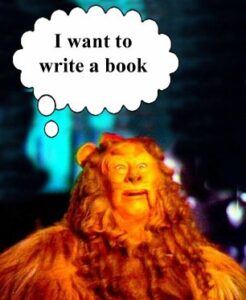“Ya gotta wanna,” isn’t exactly what you’d expect from a highly achieved man’s mouth. However, that’s exactly what multi-billionaire Jim Pattison said when asked for his key to success.
Jimmy, as Mr. Pattison is affectionally known around his home city of Vancouver, British Columbia, is the self-made, sole owner of the Jim Pattison Group. It’s a diverse empire employing 48,000 people in businesses like supermarkets, soft drink manufacturing, auto dealing, forestry, fishing, magazines, outdoor advertising, and theme parks. Ripley’s Believe It Or Not and The Guinness Book Of Records are two Pattison holdings. Forbes lists the 93-year-old’s personal net worth at $10.2 billion.

Jim Pattison
Jimmy Pattison is a philanthropist. He’s donated millions of dollars to hundreds of causes, yet the most valuable give-away he has is business guidance to others. I believe writers, like us, can learn from folks like Jimmy Pattison. Here’s an expansion of his “you gotta wanna” quote:
“At the end of the day, you have to want it. You have to have a deep desire to keep moving forward in the face of opposition. You have to have fire in your belly that keeps you focused on the task at hand and on the goal ahead so you don’t give up. If we don’t have passion to persevere, we will not succeed. Those who don’t ‘wanna’ end up giving up. And remember, failure isn’t falling down. It’s refusing to get back up again.”
I’ve never met Jimmy Pattison, but I’d have to say he’s a mentor. So is Napoleon Hill (long deceased) who authored Think And Grow Rich—one of the most influential self help books of all time. One of Napoleon Hill’s seventeen success principles is having a definite purpose backed by a burning desire to achieve it. It’s a guiding force driving my current WIP.
 My definite purpose—my wanna—is creating the series titled City Of Danger. It’s a concept long brewing in my mind but activated by a chance opportunity with the film industry. I committed to City Of Danger on April 7, 2021 and steadily worked on developing it for the last ten months. I expect the pilot episode releasing this summer.
My definite purpose—my wanna—is creating the series titled City Of Danger. It’s a concept long brewing in my mind but activated by a chance opportunity with the film industry. I committed to City Of Danger on April 7, 2021 and steadily worked on developing it for the last ten months. I expect the pilot episode releasing this summer.
Regardless if this project gets green lit on screen, I’m retaining ebook, print, audio, and foreign translation rights. To give you an idea of the concept, the logline is A modern city in crisis enlists two private detectives from its 1920s past to dispense street justice and restore social order. You can read a bit more about City Of Danger on my website.
When I started the project, I realized I knew little to nothing about the film industry—at least not about content production. I immersed in screenwriting lessons, and the best value I got was from an online course called Immersed In Story with tutor Anne Helmstadter. If you check out Anne’s home page, you’ll see a testimonial I did for her.
This screenwriting course was the best money and time investment I could have made when I started City Of Danger. At the course’s opening, Anne had me write out why I wanted to create this series. Writing out my definite purpose—my burning desire—gave me the clarity and motivation to keep moving forward. Call it my gotta wanna spirit.
I read this affirmation every day. It’s very personal, but I’d like to share it with others here at the Kill Zone so my ongoing experience can possibly benefit others. Here goes:
Motivation for Writing City Of Danger Series
What’s old is new again. I believe there’s a resurgence coming in hardboiled detective crime fiction. I see this as the right timing for a leading-edge product that capitalizes on successful series like The Wire, Dragnet, etc. as well on diverse HB storytellers like Leonard, Spillane, Hammett, Chandler, Paretsky, and Connelly. Yet, this takes an entirely new approach in blending the 1920s and the 2020s. I see this as a niche-base market for episodal ebooks, print, video streaming, and audio with a large audience resonance.
I’m writing City Of Danger for these reasons:
- Financial — I want to make decent money from this project.
- Sense of Purpose — I want to be creative and constantly moving.
- Sense of Accomplishment — I want to have something to show from this. (A social statement.)
- Recognition — I want my family, friends, fellow writers, and audience to know.
- Learning — I want to learn from this and take my craft to the next level.
- Opportunity — I want this project to lead me to new and influential people.
- Legacy — I want to leave something behind that others can enjoy and benefit from.
In summation, City Of Danger is about creating a unique and valuable consumer product that I can enjoy building and be compensated for in these seven ways.
I want to create this.
Garry Rodgers
April 7, 2021
How about you Kill Zoners? How badly do you want what you’re pursuing? Have you written an affirmation? Have you defined “success” for yourself?
I trust your want includes family, friends, faith, your contribution to the community, and your purpose in life—and isn’t just about money. But however you define success, you gotta wanna.
——
Garry Rodgers is a retired homicide detective with a second career as a coroner. In all, Garry has over three decades in the human death investigation business. Now, he’s reinvented himself as a crime writer and indie publisher who’s experimenting in other storytelling mediums.
Vancouver Island is home to Garry Rodgers where he spends a lot of time cruising the Pacific saltwater. While he’s never seen Jimmy Pattison in person, he’s been broadside the Pattison yacht, Nova Spirit, many times.

Jim Pattison’s Nova Spirit


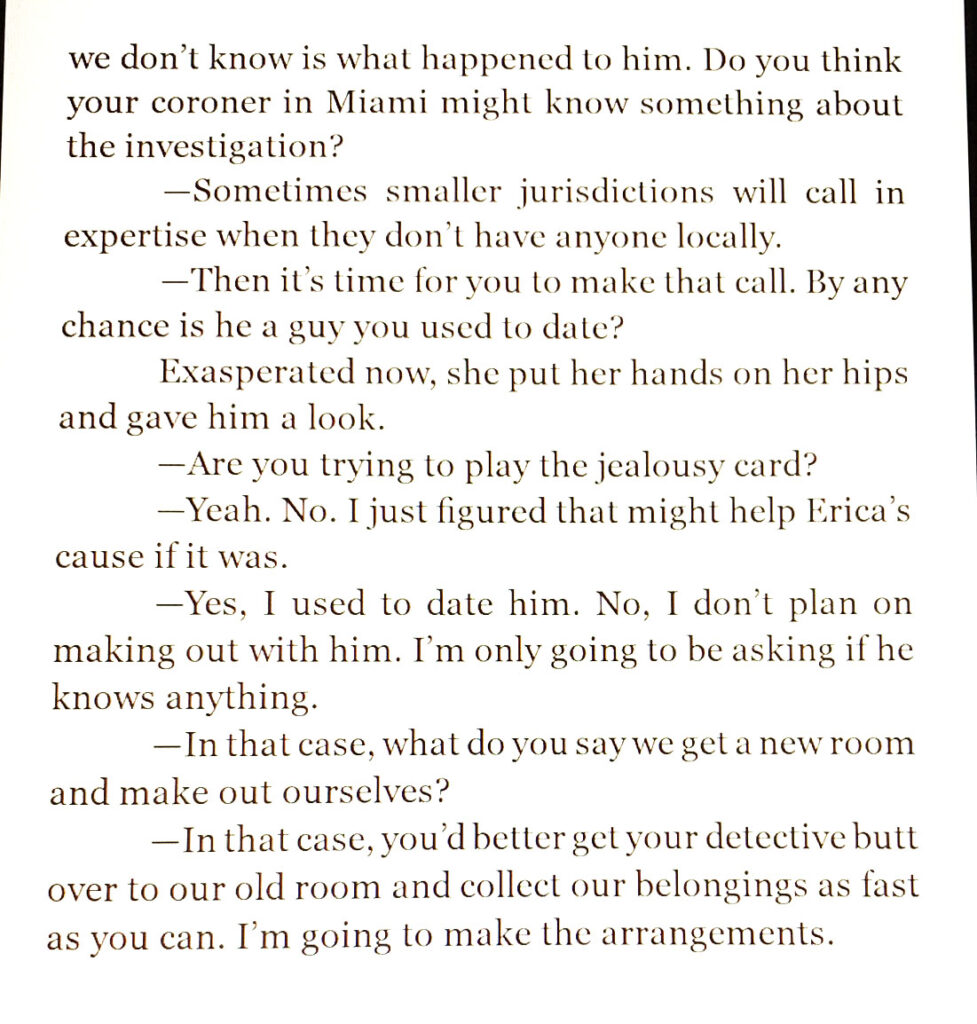
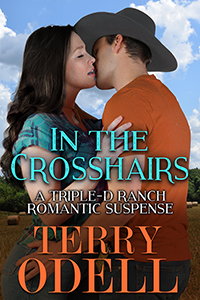


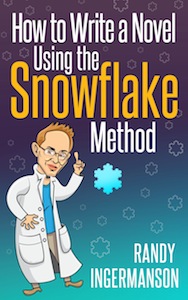
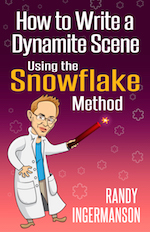

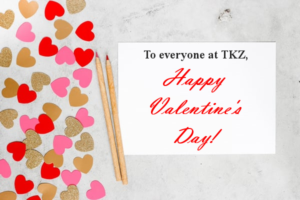
 We are, of course, flooded with books these days. The Forbidden City still puts out product. The indie output is a veritable tsunami that swells ever larger each day. While most of it is bad (per
We are, of course, flooded with books these days. The Forbidden City still puts out product. The indie output is a veritable tsunami that swells ever larger each day. While most of it is bad (per 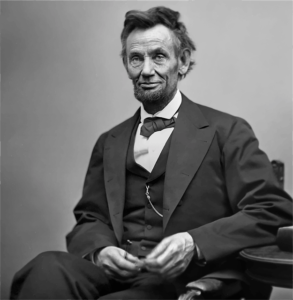
 If you could choose only one title, what was your favorite book of 2021?
If you could choose only one title, what was your favorite book of 2021? 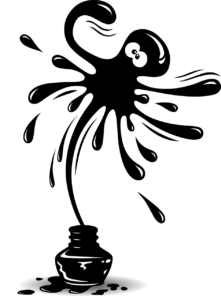




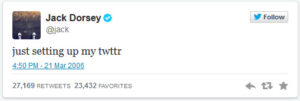



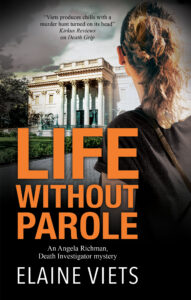 Fans of J.A. Jance and Lisa Gardner will love this exploration of the little-known job of death investigator in small-town Missouri where Angela Richman finds herself investigating the lives and secrets of the one percenters in Chouteau Forest.
Fans of J.A. Jance and Lisa Gardner will love this exploration of the little-known job of death investigator in small-town Missouri where Angela Richman finds herself investigating the lives and secrets of the one percenters in Chouteau Forest.